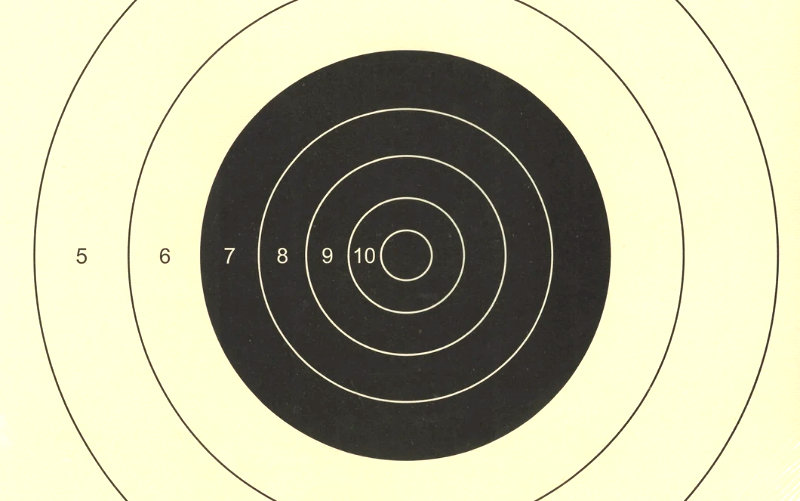Training With A Handgun | Start With The Basics


A reader asked the following question to Modern Survival Blog regular contributor and retired Law Enforcement Officer, “Dennis”, regarding basic training with a handgun:
Got a question I hope you can answer, or even some of the other former LEO guys who are regulars here.
I want to train better. I have range space, and safe remote range space.
What is the best start and progression to training with a handgun?
I could search the internet but want to read what you guys would do.
Thanks much
Here’s what Dennis said over on the open-forum, which I decided to post separately here for your interest.
Note: The following was a comment reply, and not intended as an in-depth primer. Though sound advice (which is why I posted it).
My answer will sound condescending, but it’s not. Giving advice to people that already have experience and skill, much of my advice will sound like “well yeh, duh.”
Start With The Basics – 5 Yards
Start with the basics. At five yards.
Smooth draw from the holster, with good firing grip already established as the gun comes out.
Establish your preferred two handed grip as you come up to eye level.
Align your sights as near perfectly as you can, smooth trigger pull to the back, firm grip on the handgun, the bullet will hit where the sights were aligned when the trigger breaks and the hammer falls.
Fire one shot and re-holster. Repeat this until all, not some, but all of your shots hit within a 2 inch circle.
Why so close and why so precise?
Because if you can’t do that at five yards, your chances of making head shots from 15-20 yards are extremely low.
“But I’m not planning on making headshots……..” Yes, but your ability to make those shots make center mass shots at those distances child’s play.
Repetition and Muscle Memory
The repetition of going through the draw, grip, deliberate sight alignment, smooth trigger pull — builds muscle and cranial memory.
That is, you come to where you don’t have to consciously think about what you are doing. (When’s the last time you poked yourself in the eye when brushing your teeth?) Or even concentrated on what you were doing?
With repetition comes smoothness. Smoothness translates into speed.
What about dry firing?
I’m not a big proponent of dry firing. I guess it has it’s place for folks with limited access to a range, but nothing replaces the feel and management of the recoil and knowing where your bullets are hitting.
After 5 Yards…
Once you accomplish putting all your shots in a two inch circle following the same regimen, move back to seven yards and a three inch circle. Then 10 yards and a 4 inch circle. 15 yards a 5 inch. 25 yards an eight inch.
Master this, then we will talk other drills.
I thought I was a decent handgun shot until…
Like I said, this is not condescending. I thought I was a decent handgun shot until I was invited to compete in our departmental “Top Gun” competition years ago. (Based on my regular high scores on the PPC, and having fired a perfect score in my qualifications that year.)
Boy was I humbled. They selected, supposedly, the best 50 shooters on our department of around 3,000 officers to compete. Thank God they selected 50, because I would have placed last if they had only selected 49. I was nowhere close to the top five shooters.
I was proud to have been selected to compete, but I was embarrassed by my performance. Thus, I went back to basics.
The regimen I described above is where I started. I’m much better now than I ever was while still on the job. Would love a rematch. One of my best friends came in 5th in that particular match. He competes all over the country, and stacks up well with some of the best in the nation. He visits occasionally, we shoot, he no longer embarrasses me.
Continue reading: 10 Concealed Carry Mistakes
[Ken adds: An interesting target for handgun training]
12″ x 18″ – Fluorescent Pistol Diagnostic Shooting Target
(view on amzn)
